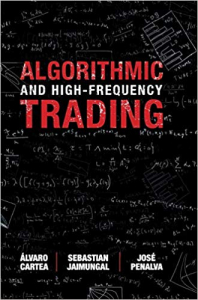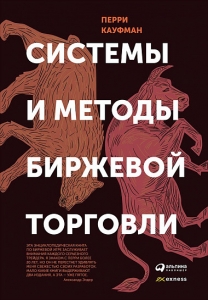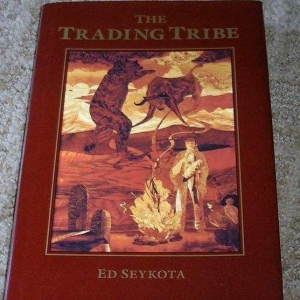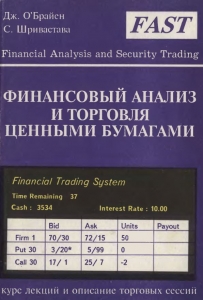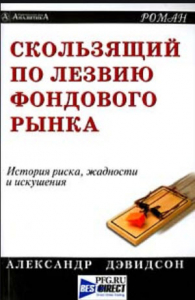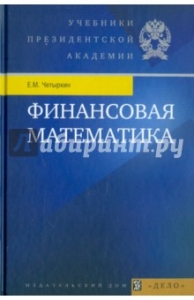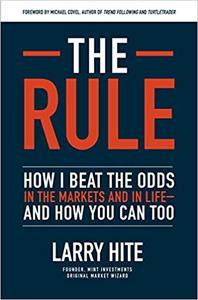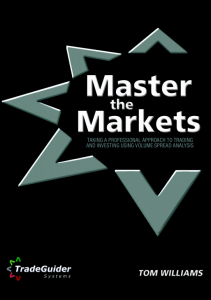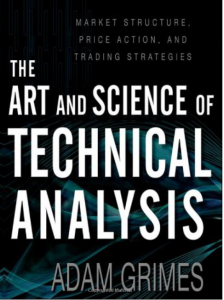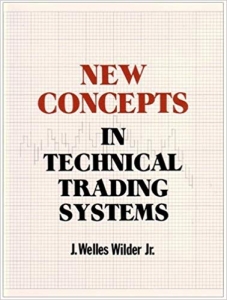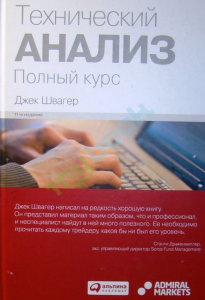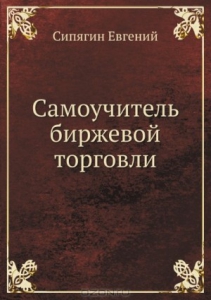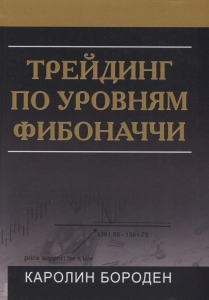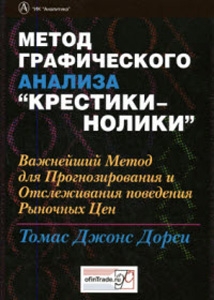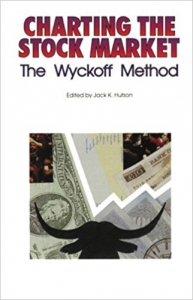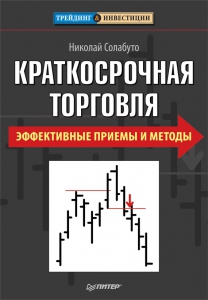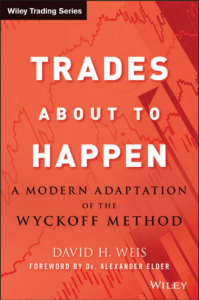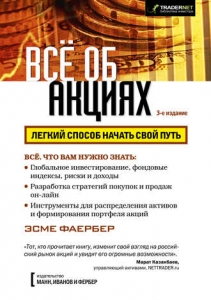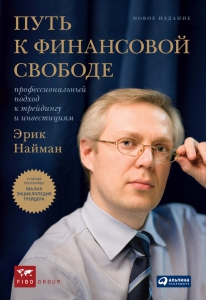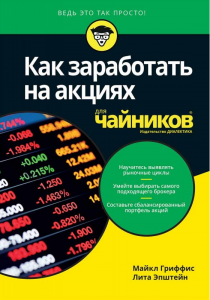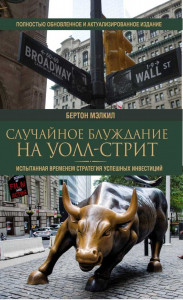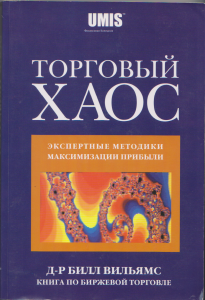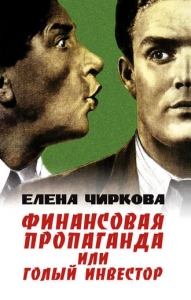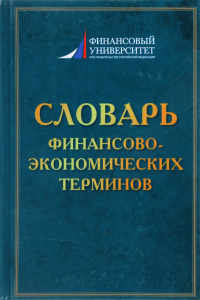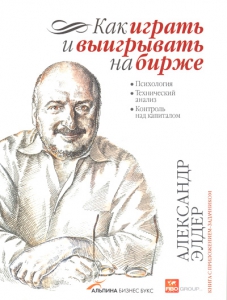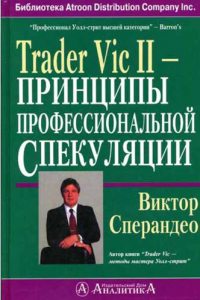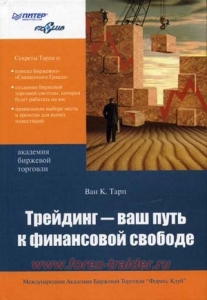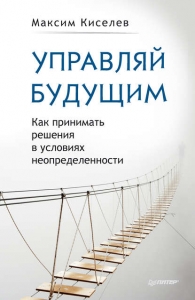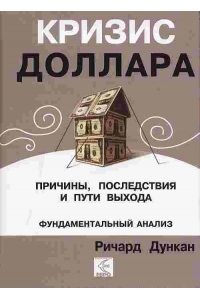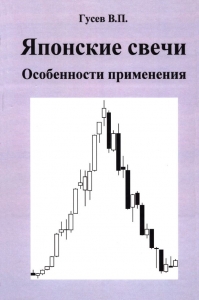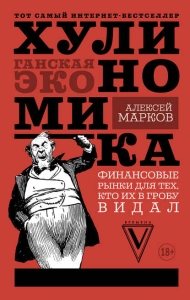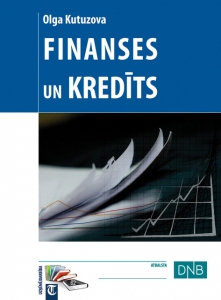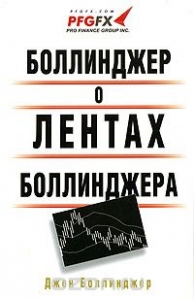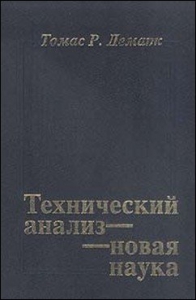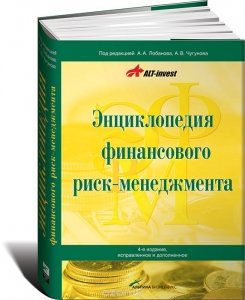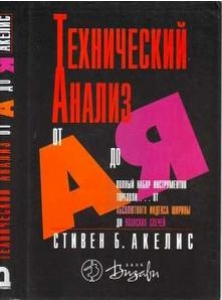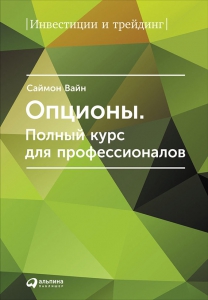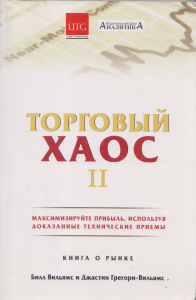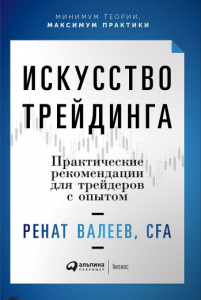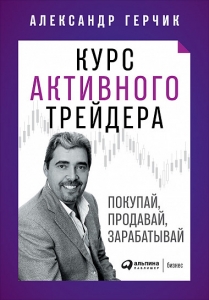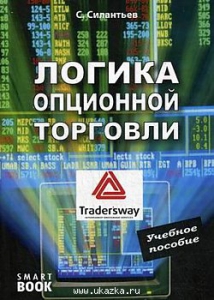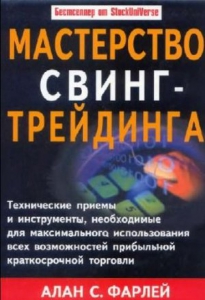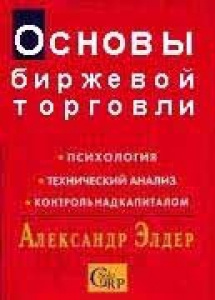SMART-LAB
Мы делаем деньги на бирже
Информация
- Российские акции - Московская Биржа
- Внебиржевые акции - Московская Биржа
- Валютный рынок - Московская Биржа
- Корпоративные облигации - Московская Биржа
- ОФЗ - Московская Биржа
- Фьючерсы
- Фондовые индексы, сырьевые рынки, FOREX
- Американские акции - Биржи США
- Мировые акции - Иностранные Биржи
- Биржевые ПИФы и ETF - Московская Биржа
- ПИФы - Московская Биржа
- Еврооблигации - Московская Биржа
- Индексы Российских Акций
- РЕПО с ЦК
- Индексы РЕПО
- Индексы облигаций
Всего книг в базе:2094, Всего книжных рецензий:4433
Algorithmic and High-Frequency Trading
Algorithmic and High-Frequency Trading (Mathematics, Finance and Risk) 1st EditionAlgorithmic and High-Frequency Trading (Mathematics, Finance and Risk) 1st Edition
| Авторы: | ALVARO CARTEA, SEBASTIAN JAIMUNGAL, JOSE PENALVA |
| Год написания: | 2015 |
| Страницы: | 356 |
| Издательство: | |
| ISBN: | 978-1-107-09114-6 |
| Жанр: | Трейдинг |
| Preface We have written this book because we feel that existing ones do not provide a sufficiently broad view to address the rich variety of issues that arise when trying to understand and design a successful trading algorithm. This book puts together the diverse perspectives, and backgrounds, of the three authors in a manner that ties together the basic economics, the empirical foundations of high-frequency data, and the mathematical tools and models to create a balanced perspective of algorithmic and high-frequency trading. This book has grown out of the authors' interest in the field of algorithmic and high-frequency finance and from graduate courses taught at University College London, University of Toronto, Universidad Carlos III de Madrid, IMPA, and University of Oxford. Readers are expected to have basic knowledge of continuous-time finance, but it assumes that they have no knowledge of stochastic optimal control and stopping. To keep the book self-contained, we include an appendix with the main stochastic calculus tools and results that are needed. The treatment of the material should appeal to a wide audience and it is ideal for a graduate course on Algorithmic Trading at a Master's or PhD level. It is also ideal for those already working in the finance sector who wish to combine their industry knowledge and expertise with robust mathematical models for algorithmic trading. We welcome comments! Please send them to algo.trading.book©gmail.com. Brief guide to the contents This book is organised into three parts that take the reader from the workings of electronic exchanges to the economics behind them, then to the relevant mathematics, and finally to models and problems of algorithmic trading. Part I starts with a description of the basic elements of electronic markets and the main ways in which people participate in the market: as active traders exploiting an informational advantage to profit from possibly fleeting profit opportunities, or as market makers, simultaneously offering to buy and sell at advantageous prices. A textbook on algorithmic trading would be incomplete if the development of strategies was not motivated by the information that market participants see in electronic markets. Thus it is necessary to devote space to a discussion of data and empirical implications. The data allow us to present the context which determines the ultimate fate of an algorithm. By looking at prices, volumes, and the details of the limit order book, the reader will get a basic overview of some of the key issues that any algorithm needs to account for, such as the information in trades, properties of price movements, regularities in the intraday dynamics of volume, volatility, spreads, etc. Part II develops the mathematical tools for the analysis of trading algorithms. The chapter on stochastic optimal control and stopping provides a pragmatic approach to material which is less standard in financial mathematics textbooks. It is also written so that readers without previous exposure to these techniques equip themselves with the necessary tools to understand the mathematical models behind some algorithmic trading strategies. Part III of the book delves into the modelling of algorithmic trading strategies. The first two chapters are concerned with optimal execution strategies where the agent must liquidate or acquire a large position over a pre-specified window and trades continuously using only market orders. Chapter 6 covers the classical execution problem when the investor's trades impact the price of the asset and also adjusts the level of urgency with which she desires to execute the programme. In Chapter 7 we develop three execution models where the investor: i) carries out the execution programme as long as the price of the asset does not breach a critical boundary, ii) incorporates order flow in her strategy to take advantage of trends in the midprice which are caused by one-sided pressure in the buy or sell side of the market, and iii) trades in both a lit venue and a dark pool. In Chapter 8 we assume that the investor's objective is to execute a large position over a trading window, but employs only limit orders, or uses both limit and market orders. Moreover, we show execution strategies where the investor also tracks a particular schedule as part of the liquidation programme. Chapter 9 is concerned with execution algorithms that target volume-based schedules. We develop strategies for investors who wish to track the overall volume traded in the market by targeting: Percentage of Volume, Percentage of Cumulative Volume, and Volume Weighted Average Price, also known as VWAP. The final three chapters cover various topics in algorithmic trading. Chapter 10 shows how market makers choose where to post limit orders in the book. The models that are developed look at how the strategies depend on different factors including the market maker's aversion to inventory risk, adverse selection, and short-term lived trends in the dynamics of the midprice. Finally, Chapter 11 is devoted to statistical arbitrage and pairs trading, and Chapter 12 shows how information on the volume supplied in the limit order book is employed to improve execution algorithms. | |
| Теги: | математика, программирование, системный трейдинг, теория вероятностей, Технический анализ, торговая система, торговые роботы, торговые системы, трейдинг, учебник, финансы, фундаментальный анализ, HFT |
| Добавил: |
Неизвестный 13 марта 2020, 00:30 |
Похожие книги:
- bitcoin
- brent
- eurusd
- forex
- gbpusd
- gold
- imoex
- nasdaq
- nyse
- rts
- s&p500
- si
- usdrub
- wti
- акции
- алготрейдинг
- анализ
- аналитика
- аэрофлот
- банки
- биржа
- биткоин
- брокеры
- валюта
- вдо
- волновой анализ
- волны эллиотта
- вопрос
- втб
- газ
- газпром
- гмк норникель
- дивиденды
- доллар
- доллар рубль
- евро
- ецб
- золото
- инвестиции
- инфляция
- китай
- коронавирус
- кризис
- криптовалюта
- лидеры роста и падения ммвб
- лукойл
- магнит
- ммвб
- мобильный пост
- мосбиржа
- московская биржа
- нефть
- новатэк
- новости
- обзор рынка
- облигации
- опек+
- опрос
- опционы
- офз
- оффтоп
- прогноз
- прогноз по акциям
- путин
- раскрытие информации
- ри
- роснефть
- россия
- ртс
- рубль
- рынки
- рынок
- санкции
- сбер
- сбербанк
- си
- сигналы
- смартлаб
- сущфакты
- сша
- технический анализ
- торговля
- торговые роботы
- торговые сигналы
- трейдер
- трейдинг
- украина
- финансы
- фондовый рынок
- форекс
- фрс
- фьючерс
- фьючерс mix
- фьючерс ртс
- фьючерсы
- цб
- шорт
- экономика
- юмор
- яндекс



















